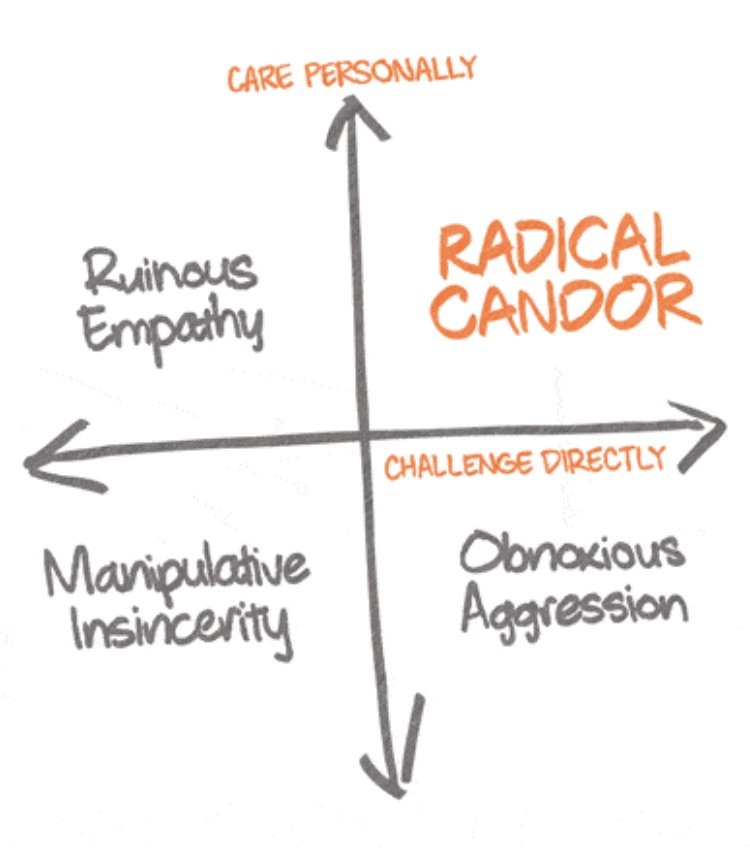Why is this ceremony important/culturally significant?
Welcome to Country and Acknowledgement of Land are probably the most relevant traditional ceremonies for the modern Australian workplace. It is a mark of respect and a chance to acknowledge the past and continuing connection local Aboriginal people have with the land.
The two versions of the tradition are important to Indigenous Australian cultures for a number of reasons. Aboriginal cultures involve announcing yourself before you set foot on another group's lands, to request safe passage. It also acknowledges the land as a living entity. In contemporary cultures, it shows respect for the first peoples of Australia and recognises their place as original inhabitants and custodians of the land.
Why is it important for Indigenous employment?
This recognition of traditional country is an important aspect of Indigenous Australian cultures, and can signify a commitment to the inclusion of Indigenous cultures within your organisation, and therefore Indigenous employment. It signals to employees, managers and other attendees that Indigenous recognition is important to your organisation.
What is the difference between a Welcome To Country and an Acknowledgement of Land?
A Welcome to Country is given by an Elder or recognised spokesperson of the local community. It is given to open proceedings at an event by welcoming you, your organisation and visitors to the Land. The Welcome may provide a brief history or story about the land, their connection with it, or introduce you to some local customs or landmarks. It may involve stories, dance, song, a smoking ceremony or other activities.
An Acknowledgement of Land (or Acknowledgement of Country) however, serves the same purpose; to introduce and recognise the land and tradition, but can be done by any person, Aboriginal or non-Aboriginal. As an Aboriginal person, I pay my respects to my land and Elders every day in many ways. It is because of this, I would argue it is sometimes more respectful if the Acknowledgement is done by a non-Aboriginal person, instead of handed to the only Indigenous person present. Although the offer should be provided to any Aboriginal staff or guest present.
When should we do a Welcome to Country and Acknowledgement of Land?
An Acknowledgement or Welcome is often given at official launches, conferences, meetings and other events. Some organisations give one at each team meeting, some only at public events.
Ultimately it is up to your organisation which events you have an Acknowledgement or Welcome performed. It is becoming increasingly popular and expected that organisations recognise traditional owners at public and inter-agency events.
How do I find someone who can give a Welcome to Country in my area?
In New South Wales it is often best to contact the Local Aboriginal Land Council (LALC). For a full list of LALCs, go to the NSW Aboriginal Land Council.
Some of the Traditional Custodians around the Central Coast and Hunter regions include Darkinjung (Central Coast), Awabakal, Worimi, Bahtabah, Biraban, Mindaribba and Wonnarua. Make sure you check which lands your meeting/event is being held using the link above.
I have to do an Acknowledgement, what do I do or say?
Find out who your local mob is, (you can contact the Local Aboriginal Land Council, see above), and ask them if they have preferred wording for an Acknowledgement of Land.
Here is some simple wording that can be used when:
You know who the Traditional Custodians are:
I/we wish to acknowledge the <Darkinjung> people as Traditional Custodians of the land on which this meeting is held. We pay respects to the Elders, past, present and future, and recognise the continuing connection and contribution to this land. I would like to extend this respect to any Aboriginal people who are here today.
If you are not sure whose lands you are on:
I/we wish to acknowledge the Traditional Custodians of the land on which this meeting is held. We pay respects to the Elders, past, present and future, and recognise the continuing connection and contribution to this land. I would like to extend that respect to any Aboriginal people who are here today.
Simple, right?
Imagine for a moment that an Aboriginal person is attending an event hosted by your organisation. What message is given when a Welcome is given? And equally important, what message is given when it isn’t?
For which of your meetings, functions or events do you currently give a Welcome or Acknowledgement? Who is responsible? How else does your business recognise Indigenous cultures?
If you’d like to learn more you can download my Quick Workplace Guide to Welcomes to Country and Acknowledgements of Country by clicking the button below.





